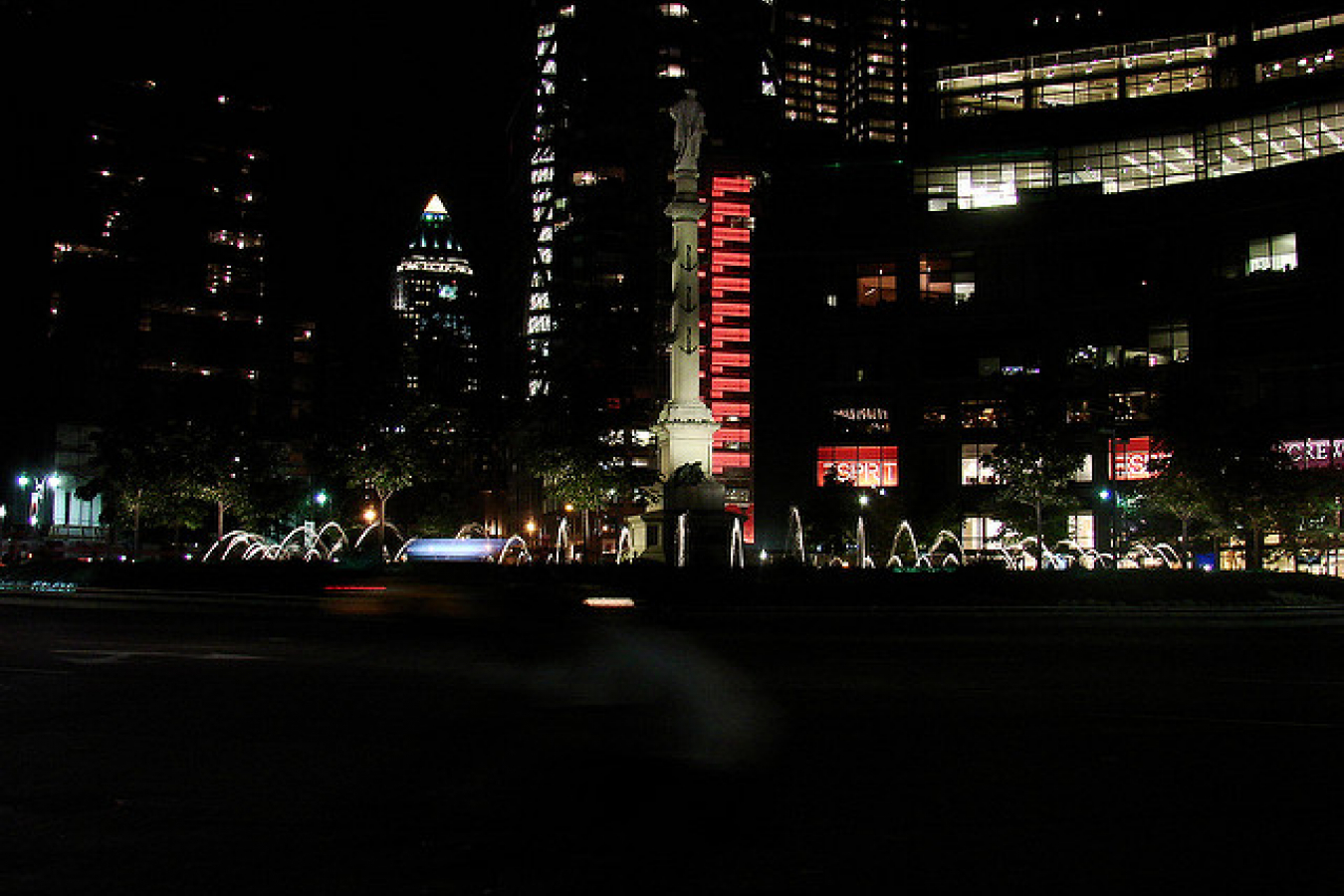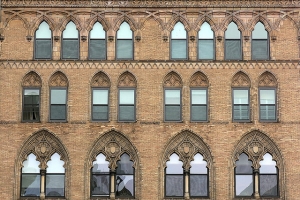Support migrant centric journalism today and donate

 • Watch This Video
• Watch This VideoU.S. Citizenship and Immigration Services (USCIS) for the United States has indicated that it is beginning to develop a backlog of applications that require processing.
In the past several years, the United States has seen a surge of immigration. Applications are up, and approvals are increased in nearly direct proportion.
However, the processing system hasn't received needed upgrades and the staff is beginning to fall behind.
In recent months, USCIS officials have determined that the troubled, $2-billion-a-year agency is unable to effectively manage its existing work, much less a flood of new applications.
Problems
The problem has three distinct parts, although it is somewhat more complex than that. First, there has been a general increase in immigration and migration to the U.S.
Since the 1970's and early 1980's, immigration into the U.S. has increased by tens of millions of people. Approximately every 30 seconds a person immigrates into the U.S. This is the number of successful immigrants; for every success there are two to three failed applications.
The United States has also vastly increased its background checking procedures since the terrorist attacks of 11 September 2006. So, in addition to the huge volume of applications, now at record levels, each application has become much more complex and requires much more time to check.
At least, they require much more time to check under the old processing system.
And, that leads to the third factor in the current slow-down.
A report released 20 December 2006 by the Department of Homeland Security cited a long list of setbacks and agreed with internal USCIS reviews that the bureau "lacks the processing capacity, systems integration and project management resources needed to manage a potential increase in workloads."
A project to replace the nationwide computer network has been halted because the agency lacks $72 million to complete it. A staff reorganization was frozen because of deficiencies "that hinder day-to-day IT operations," according to the report.
It gets worse
The USCIS is in the midst of its third major modernization effort in three years, leaving many employees confused over whether such efforts were completed, or were ever begun.
Translation: the computing systems have not received the upgrades they need. Several efforts to modernize computing systems have gone astray.
The agency announced in September that it had cut its backlog of applications by 70% after a five-year, $560 million effort provided more personnel. In August, USCIS awarded a five-year, $150 million contract to convert 55 million files into electronic form.
Private analysts said that the report revealed a broken immigration system and that by funding USCIS through user fees, Congress hobbles its ability to pay upfront for expansions or upgrades.
In addition, many forms are being updated that require information and documentation, but the employees and the database systems are not prepared to cope with all the additional information.
Millions of applications continue to roll in. For one "small" example, the Diversity Visa 2008 Program (more commonly known as the Green Card Lottery) generated 6.4 million applications in about ten weeks. More than 10 million individuals are represented when dependents are included.
From that one program in one category of visa, the 'best' 50,000 will be chosen by random lottery after all the failed applications are eliminated.
On 01 April of this year, the U.S. will begin to accept applications for the H-1B visa program. Last year, the full quota of applications accepted was reached in a record time just short of eight weeks. More than 66,000 applications will then need to be processed, from which 60,000 non-reserved H-1B's will be offered by the end of the summer so that workers may potentially enter the U.S. for the new fiscal year for 2008, which will begin on 01 October 2007.
"Congress needs to step up and provide the funding to ensure that USCIS is able to build a functioning infrastructure, regardless of the fate of immigration reform," said Crystal Williams, deputy director of programs for the American Immigration Lawyers Association.
Congress withheld $47 million from USCIS this year pending approval of a final technology overhaul plan by Homeland Security Secretary Michael Chertoff and Congress's audit arm, the Government Accountability Office. A USCIS contractor reported the plan would cost $400 million to $1.4 billion, depending on what the agency decides it needs.
Hope is on the way?
Maybe.
The Democratic Party has taken control of the United States Congress by a thin majority. The November elections in the U.S saw a nearly unprecedented turnover in power.
Early in 2006, the right-wing Republican Party pinned its hopes on several political issues, immigration reform being one of them.
During the course of the year, the effort ended up in complete deadlock, without any significant legislation being passed. Generally, the American public refused to support some of the extreme anti-immigration measures put forth by the controlling political party.
Now that the left of center Democrats have taken control, one of their top agenda items is to rescue immigration reform from the ashes.
Clearly the U.S. requires numerous reform efforts in its immigration policy. The Democratic Party is looking at the more serious measures and throwing out the more extreme measures. Even before the new 110th Congress convened this week, they had begun bi-partisan efforts to find a reasonable and humane approach.
Last year, George Bush began making speeches using talking points from the Democratic platform. The Democrats are now poised to make him adhere to his words.
A guest worker program, increased H-1B quota caps, alternative regulations to allow more highly skilled immigrants, and a path toward citizenship are all measures they are attempting to get into legislation by April.
And, regarding the USCIS, increased funding for systems upgrades and fully reviewed application forms will be a required part of that effort.
Republican efforts last year envisioned arresting up to 12 million illegal immigrants and deporting them from the country. Democratic efforts, with George Bush on record as supporting some of them, will now focus on some method of allowing law-abiding immigrants of questionable status to apply for and receive citizenship.
That means an estimated 10 million people, or more, possibly qualifying.
In addition, some form of guest worker program appears inevitable, although there will be vigorous debate in the upcoming year on the details.
Increasing the skilled worker quotas is nearly as inevitable. High technology industries in the U.S have been lobbying for some solution since the quotas were cut by more than 2/3's in 2004. While the actual H-1B quotas may not increase - or, not by much - there may be a number of new exemptions or possible quota increases in other categories.
Bill Gates of Microsoft has demanded an H-1B quota of 115,000 as recently as last fall. While the H-1B may not reach that number, it seems likely that the total opportunities under various exemptions and increased quotas in all categories may well exceed that number, perhaps even rivaling the 215,000 H-1B quota at the beginning of this century.
Related:
• US high-tech companies lobbying Congress for immigration changes• The US Congress will begin immigration reform, again
• US census data reveals 16% immigration increase in 5 years
• Legal immigrants to U.S. face green card logjam
• US unveils new citizenship test
• US population 300 million on Tuesday, 17 October, 2006
• Initial statistics in for US Diversity Visa (DV-2008) program
• US study - Immigrants probably don't take jobs from Americans
• US needs computer game programmers
• US Software CEO wants more skilled workers
• US Republican party shuts down immigration reform debate
• US paperwork problem delays marriage visas
• US universities losing international students, looking for more





















